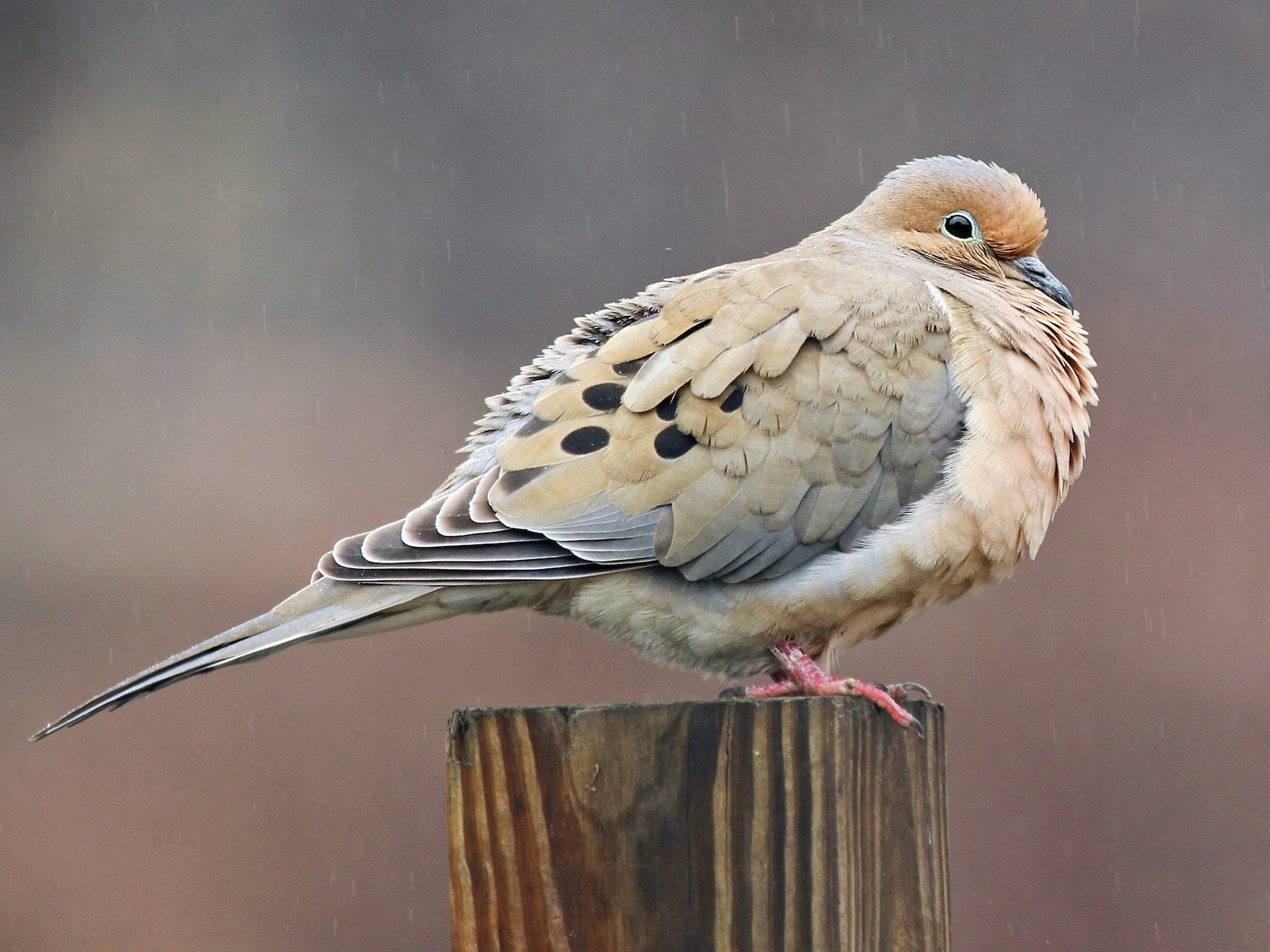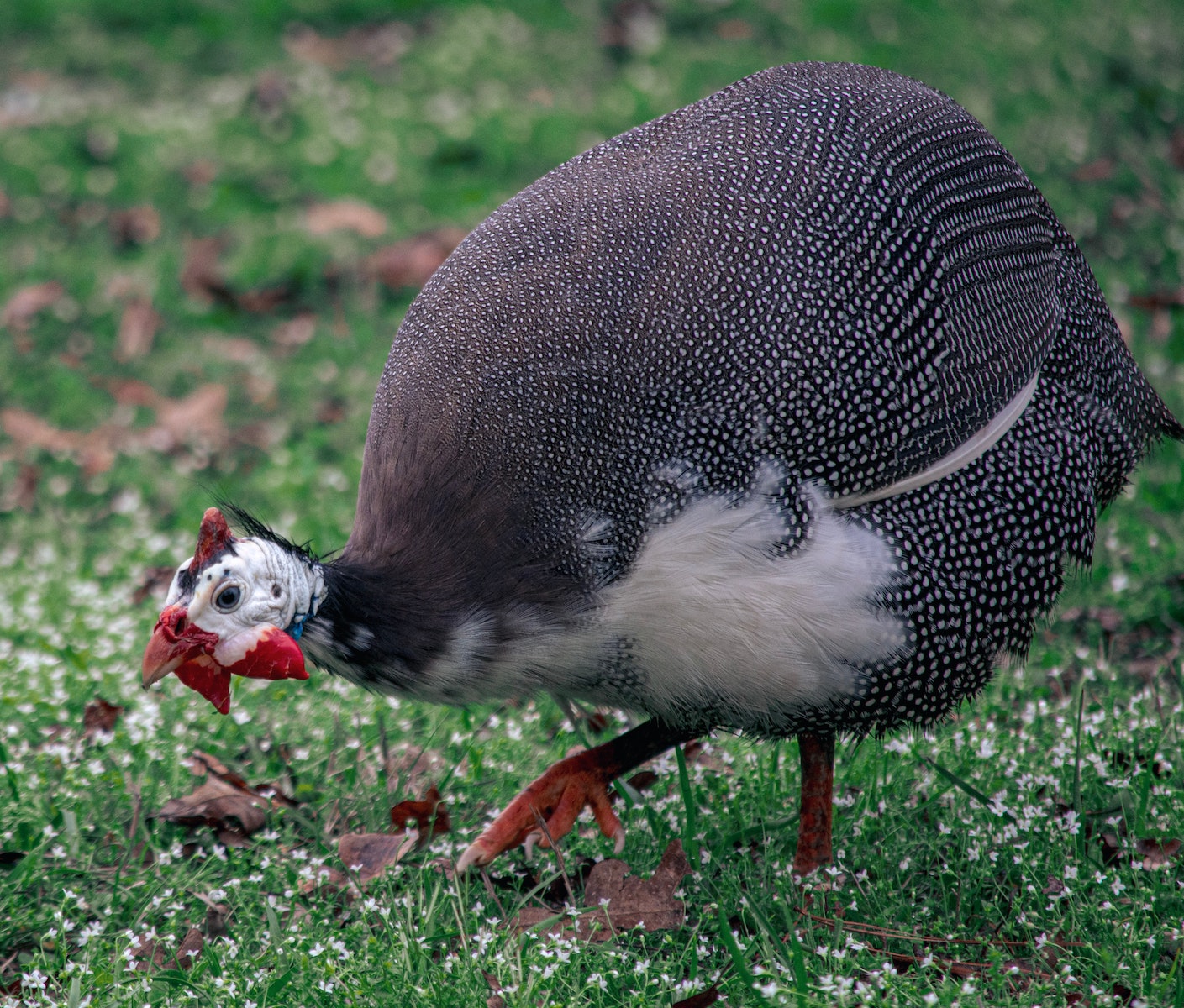Home>Production & Technology>Sound>What Does A Beaver Sound Like


Sound
What Does A Beaver Sound Like
Published: December 18, 2023
Discover what a beaver sounds like and learn more about their distinct vocalizations. Explore the different sounds beavers make and their significance in communication and habitat.
(Many of the links in this article redirect to a specific reviewed product. Your purchase of these products through affiliate links helps to generate commission for AudioLover.com, at no extra cost. Learn more)
Table of Contents
Introduction
Beavers, those industrious creatures of the animal kingdom, are known for their impressive ability to build dams and create intricate waterways in their habitats. But have you ever wondered what sounds a beaver makes? While they may not be as vocal as other animals, beavers do have a range of sounds they use to communicate with each other.
Understanding beaver sounds can provide valuable insight into their behavior and interactions within their social groups. Whether it’s a warning call to alert others of potential danger or a series of low grunts during mating season, these sounds help beavers establish territories, communicate their needs, and maintain social cohesion.
In this article, we will explore the different communication methods used by beavers, with a particular focus on their vocalizations. From the slapping of tails on the water to underwater vocalizations, we will delve into the fascinating world of beaver sounds and what they mean in the context of their environment.
So, let’s dive in and discover the hidden language of the beavers, shedding light on their astounding communication abilities.
What is a Beaver?
A beaver is a large semiaquatic rodent that belongs to the Castoridae family. These mammals are best known for their unique ability to construct dams, lodges, and canals using branches, mud, and rocks. Beavers are found throughout North America, Europe, and Asia and are primarily active during the dawn and dusk hours.
These remarkable creatures play a crucial role in the ecosystem, serving as ecosystem engineers. By building dams, they create ponds that provide habitat for a variety of plants and animals. The dams also help control water flows, reduce erosion, and improve water quality. Their lodges, which are constructed within the ponds, provide shelter and protection.
Physically, beavers have a round, stocky body, with a broad, flat tail that serves multiple functions. It helps with swimming, acts as a rudder, and allows them to communicate through a variety of tail slaps and splashes. Beavers also have powerful jaws and sharp incisors that grow continuously. They use these teeth to gnaw on trees, building materials, and food sources, such as bark and water plants.
In terms of size, beavers can vary depending on their location. The North American beaver, which is the most well-known species, can reach a length of around three feet and weigh between 30 and 70 pounds. The European beaver is slightly smaller, while the Asian beaver can grow even larger.
Beavers are primarily herbivores, feeding on a diet of tree bark, leaves, twigs, and aquatic plants. They are well adapted for a semiaquatic lifestyle, with webbed hind feet and a thick coat of fur that provides insulation both in and out of the water.
Now that we have a better understanding of what beavers are, let’s explore how they communicate with one another through various methods, including vocalizations.
Communication methods of Beavers
Beavers have several ways of communicating with each other, allowing them to coordinate their activities and maintain social connections within their colony. These communication methods include scent marking, tactile signals, visual displays, and vocalizations.
Scent Marking: Beavers have scent glands located near their tail that secrete a musky odor. They use this scent to mark their territory and communicate information to other beavers. By leaving their scent on objects like trees, rocks, or their lodges, they create a boundary and warn others of their presence.
Tactile Signals: Physical contact is an essential aspect of beaver communication. Beavers use their bodies and their tails to convey messages to each other. For example, they may nudge or groom each other as a sign of affection or to establish social bonds within the group.
Visual Displays: Beavers also rely on visual displays to communicate. One of the most notable visual displays is the tail slap. When startled or alarmed, a beaver will forcefully strike the water with its tail, creating a loud noise. This serves as a warning signal to other beavers in the area, alerting them to potential danger.
Vocalizations: While beavers may not be as vocal as some other animals, they do produce a range of sounds to communicate with their colony members. These vocalizations can vary in pitch, intensity, and duration, each carrying a different meaning.
Now, let’s dive deeper into the world of beaver vocalizations, exploring the sounds they produce and what they signify in the social dynamics of their colony.
Vocalizations of Beavers
While beavers are not known for their extensive repertoire of vocalizations, they do produce a range of sounds that serve important communication purposes within their colony. These vocalizations can convey various messages, including warnings, greetings, mating calls, and territorial disputes.
The Whine: This vocalization is a high-pitched sound that beavers make when they are anxious or alarmed. It is often heard when they sense the presence of a predator or when they feel threatened. The whine is a way for beavers to signal danger to their colony members and encourage them to take evasive action.
The Growl: A growl is a low-pitched sound that beavers make when they are angry or defending their territory. It is a warning sign to other beavers to stay away and not encroach on their claimed area. The growl can also be used during disputes with rival beavers over territory or resources.
The Grunt: Grunting is a common vocalization heard during the breeding season. Male beavers use grunts to establish their dominance and attract potential mates. These deep, guttural sounds are often accompanied by other behaviors such as scent marking and aggressive posturing.
The Mating Purr: When a male and female beaver engage in courtship and mating, the female may emit a soft purring sound. This vocalization signifies receptiveness and readiness for breeding. The male may respond with grunts and other vocalizations as part of the mating ritual.
The Splash: While not a vocalization per se, the splash is a significant sound produced by beavers using their tails. By forcefully hitting the water surface, beavers create a loud noise that can communicate multiple messages. It can be a signal of danger or an alert to other beavers in the vicinity. Conversely, a softer and more deliberate splashing sound can signify a greeting or an invitation for social interaction.
These vocalizations, along with other forms of communication, contribute to the complex social dynamics of beaver colonies. By understanding these sounds and their meanings, we can gain valuable insights into the behavior and interactions of these remarkable creatures.
Now that we have delved into the vocalizations of beavers, let’s explore how we can decipher and understand these sounds in the context of their environment.
Understanding Beaver sounds
Deciphering and understanding the sounds that beavers make is crucial to gaining insights into their behavior and social interactions. While their vocalizations may not be as diverse as those of other animals, each sound carries significant meaning within the context of their environment.
It is important to interpret beaver sounds in conjunction with their body language and other communication methods. For example, a high-pitched whine paired with tail slapping and aggressive posturing is likely a response to a perceived threat or danger in the vicinity.
Additionally, the timing and intensity of vocalizations can provide valuable information. During the breeding season, males may produce various vocalizations like grunts and purrs to assert their dominance and attract females. Understanding these calls and their context can provide insights into the mating dynamics within a beaver colony.
Furthermore, beaver sounds can also serve as a means of maintaining social cohesion within the group. Greeting splashes and softer, more melodic vocalizations can indicate a desire for social interaction or a display of affiliation among colony members.
It is essential to observe and listen to beavers in their natural habitat to gain a comprehensive understanding of their sounds. Documentaries, research studies, and firsthand observations can provide valuable references for recognizing and interpreting the various vocalizations produced by beavers.
By studying and understanding the sounds of beavers, researchers and enthusiasts can gain insights into their communication methods, social structures, and even potential threats or disturbances in their environment. This knowledge contributes to our overall understanding and appreciation of these remarkable creatures.
Now that we have explored the significance of beaver sounds, let’s delve into some of the most common vocalizations produced by these fascinating animals.
Common Beaver sounds
While beavers may not be the most vocal creatures, they do produce several distinct sounds that are commonly heard in their natural habitats. These sounds serve various purposes, including communication, warning signals, and mating rituals. Let’s explore some of the most common beaver sounds:
1. Tail Slap: The tail slap is one of the most well-known beaver sounds. When a beaver feels threatened or senses danger, it forcefully strikes its flat tail against the water, creating a loud slapping sound. This serves as a warning to other beavers in the vicinity, alerting them to potential threats or predators nearby.
2. Whine: When beavers feel anxious or alarmed, they emit a high-pitched whining sound. This vocalization is often used to signal danger or a perceived threat within their environment. The whine can be heard when a predator is near or when there is any disturbance that causes unease among the beavers.
3. Growl: Beavers produce a deep, low growling sound to assert dominance or to defend their territories. This vocalization is often used during territorial disputes with other beavers or when defending their lodges and food sources. The growl serves as a warning to rival beavers to stay away.
4. Grunt: During the breeding season, male beavers emit grunting sounds to communicate with potential mates. These grunts can vary in pitch and intensity but are generally deep and guttural. They are part of the courtship and mating rituals, helping to establish dominance and attract females.
5. Purring: When engaging in courtship and mating, female beavers may emit a soft purring sound. This vocalization signals their receptiveness and readiness to breed. Male beavers may respond with grunts and other vocalizations as part of the mating ritual.
6. Splash: Although not technically a vocalization, the splash is an integral part of beaver communication. By forcefully slapping their tails on the water’s surface, beavers create a significant splashing sound. This can serve as a greeting, an invitation for social interaction, or a warning signal to nearby beavers.
By recognizing and understanding these common beaver sounds, wildlife enthusiasts and researchers can gain insights into their behavior, social dynamics, and potential threats within their environment. Additionally, being able to identify and interpret these sounds enhances our appreciation for the remarkable abilities of these industrious creatures.
Now that we have explored the common sounds made by beavers, let’s conclude our exploration of their communication methods and appreciate their importance within the animal kingdom.
Conclusion
Beaver sounds play a crucial role in communication among these remarkable semiaquatic rodents. While they may not have an extensive range of vocalizations, beavers use their sounds to convey important messages to their colony members. From the distinct tail slaps to the high-pitched whines, these sounds help warn of danger, establish territories, and maintain social cohesion.
Understanding beaver sounds allows us to gain valuable insights into their behavior and interactions within their habitats. By deciphering their vocalizations, along with observing their body language and other communication methods, we can better comprehend the intricacies of their social dynamics.
Whether it is the whine alerting others of potential threats, the growl asserting dominance, or the grunt during mating rituals, each sound carries specific meanings that aid in their survival and reproduction.
Beavers, with their incredible ability to build dams, control water flows, and create complex habitats, play a vital role in maintaining the health of ecosystems. By studying their communication methods, we can further appreciate their significance as ecosystem engineers and the impact they have on their surroundings.
As we delve into the world of beaver sounds, it is important to remember that each sound is a piece of a larger puzzle. By listening carefully and observing their behaviors, we can gain a deeper understanding of these fascinating creatures and their remarkable communication abilities.
So, the next time you find yourself near a beaver habitat, take a moment to listen for their sounds. Hear the warning of a tail slap, the call of a whine, or even the subtle purr of courtship. By appreciating the language of beavers, we can better connect with and protect these amazing creatures that contribute so significantly to our natural world.
It is our duty to cherish and preserve these habitats where beavers thrive, ensuring that their unique communication methods continue to be an integral part of their existence for generations to come.











